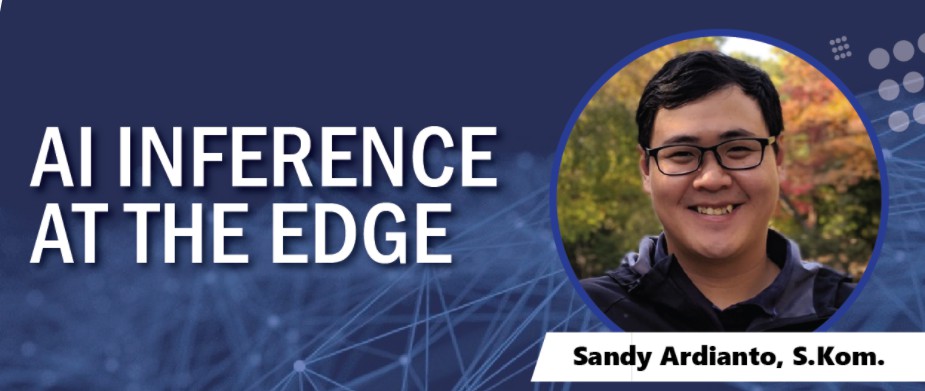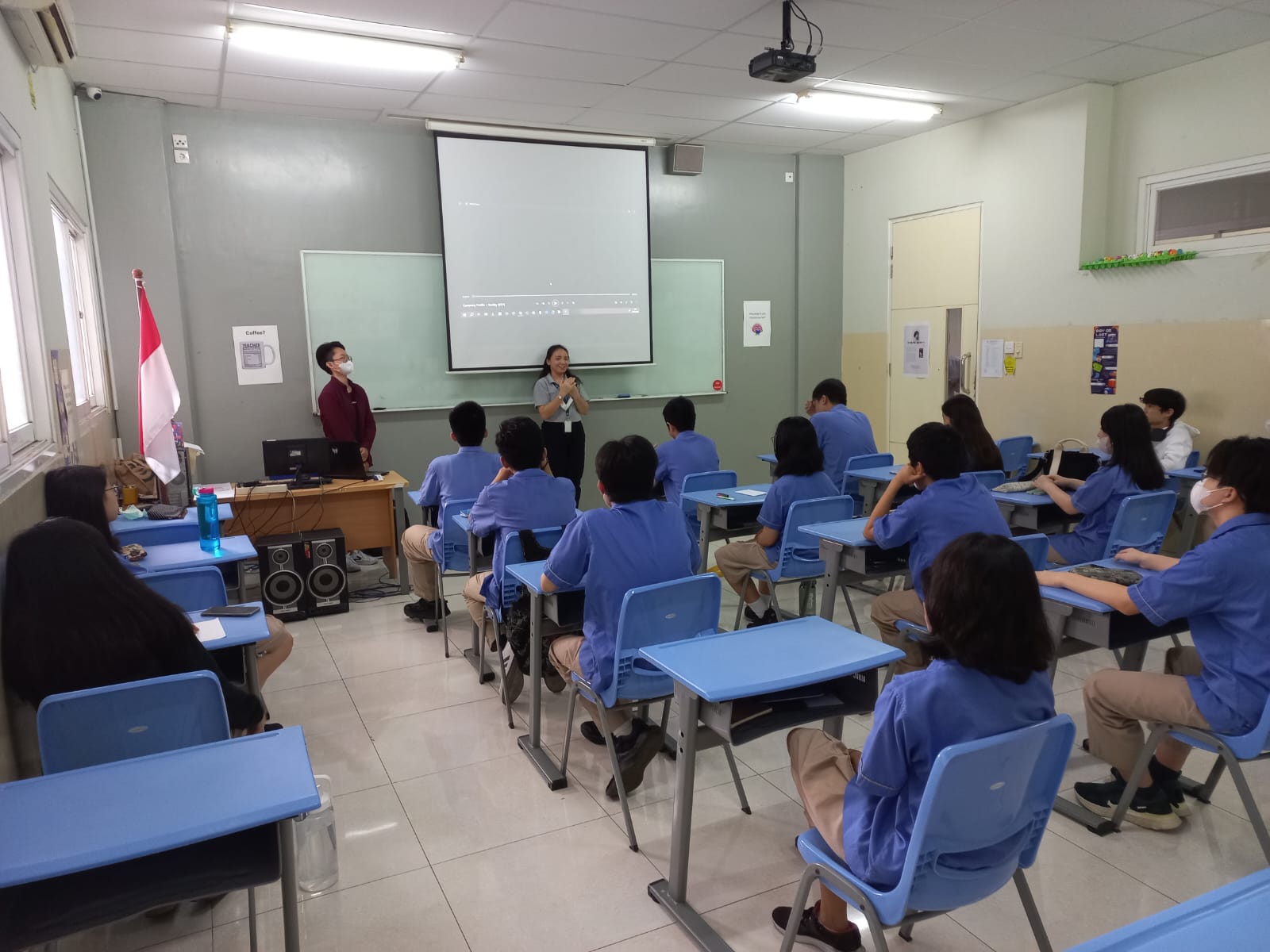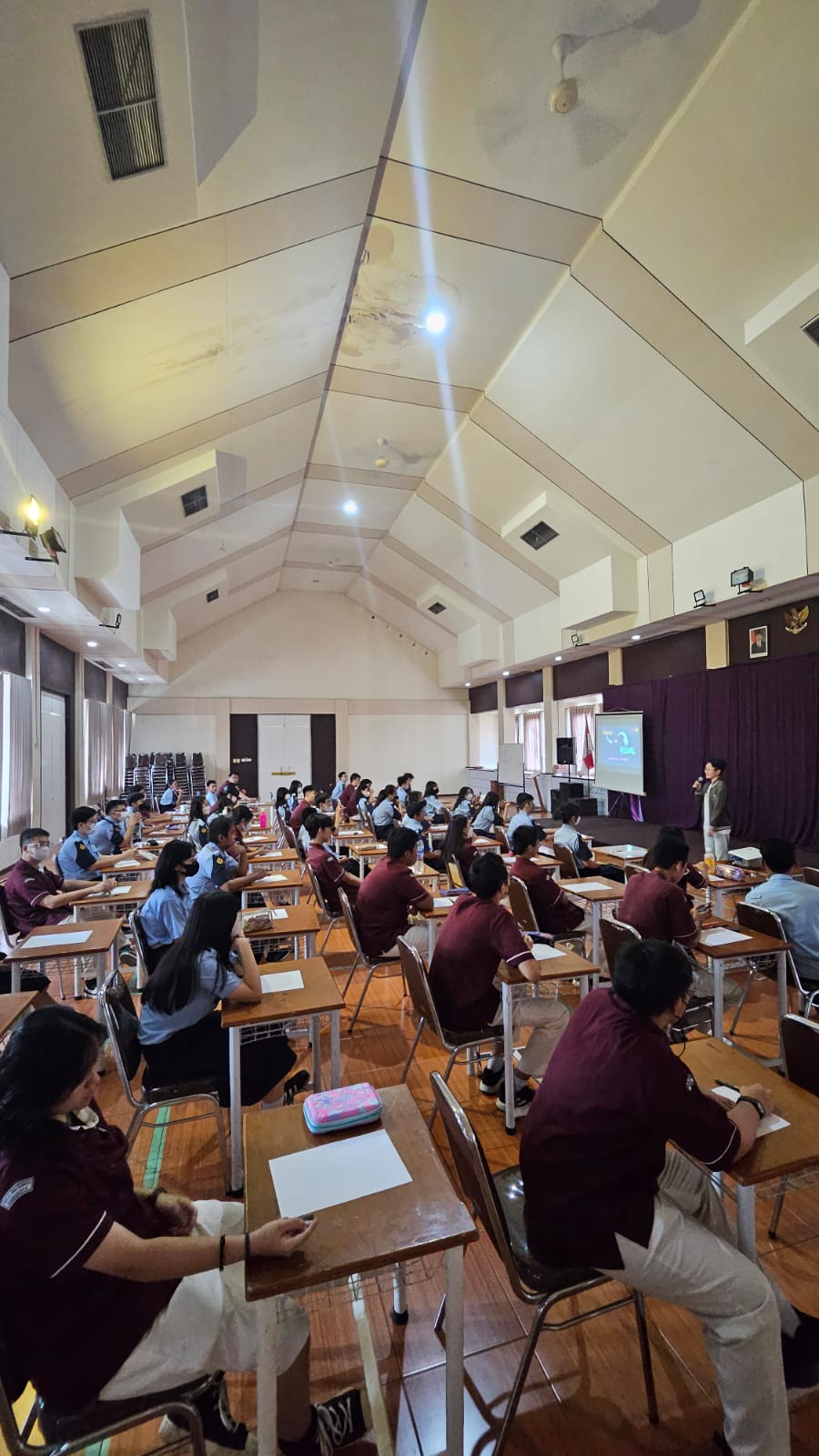
INFERENCE AT THE EDGE

ISTTS again held a KSP Season 8 seminar entitled "AI Inference At The Edge". This first episode of KSP was delivered by Mr. Sandy Ardianto, S.Kom. who is one of the ISTTS alumni. He is currently pursuing his Masters at National Chiao Tung University, Taiwan while working as an AI Research Intern at AnaSystem Taiwan.

The seminar, which was held on Wednesday, February 10, 2021, was opened to internal and external participants through the Zoom platform and YouTube live streaming. Pak Sandy opened the KSP with a self-introduction then continued by explaining the material about AI Inference.

Pak Sandy explained that the AI ??development steps are preparing a training dataset, designing a network model, training the network with the existing dataset, then when the network is considered good enough, the inferencing process (deploying the model to the application / service) will begin.
Inference At The Edge is undeniably one of the most interesting things. The advantages of Inference At The Edge compared to Inference In The Cloud are that Inference At The Edge is cheaper in terms of cost and is real-time. Besides that, the required power consumption is also lower. "Power consumption on the Edge is smaller because it uses batteries," explained Pak Sandy.

Pak Sandy gave several examples of the application of AI Inference At The Cloud such as Person Detection At Water Gate Control which is used to detect the presence of people or not near the floodgates to prevent casualties and Lulupet's Smart Cat Litter Box which can be used to detect the health of pet cats.

This can be done by recording and analyzing the cat's weight, habits and number of times. "This tool will also automatically detect the type of cat by looking at the face, fur and weight of the cat so that one tool can be used for several types of cats at once," added Pak Sandy.
The conclusion is that the AI ??trend has now reached the inference stage (can be applied to real cases nowadays) and Inference At The Edge is easier to do than Inference In The Cloud. The application of AI has also been found in many everyday items circulating in the community, such as Face ID and activation (Siri, Alexa, etc.) as well as behavior recognition on smart-watches which can detect user activities (walking, running or sleeping).
Sumber : Institut Sains dan Teknologi Terpadu Surabaya (istts.ac.id)


